What Every Vaccine Skeptic Should Know About The New Coronavirus Vaccines

The first COVID-19 vaccines are here. So are the anti-vaxxers.
Over the past year, most of us have learned more about coronaviruses than we ever thought we’d need to know. Throughout 2020, the novel coronavirus SARS-CoV-2 has swept across the globe, infecting over 78 million humans with COVID-19, reaching all seven continents, and killing close to 2 million of us so far. Meanwhile, scientists worldwide have raced to do the unthinkable: to develop and deploy a safe and effective vaccine against this new illness in record time. Unlike Russia and China, which released vaccines without conducting the necessary trials to prove their safety, our first accelerated, comprehensive vaccine trials reached completion in November.
At last, there’s cause for celebration. The vaccines not only proved safe, but incredibly effective, as the infection rate was about 20 times lower in the vaccinated groups compared to the control groups, with no known cases of serious infections or fatalities among those who received the vaccines. But three people experienced severe allergic reactions to the vaccine, raising concerns among the general public. Should you get the vaccine? What’s the risk versus the reward of getting it? Here’s what everyone, regardless of your level of vaccine skepticism is, should know.

Although there are many different vaccines out there, most of the focus is now on two of them in particular: the Pfizer and Moderna vaccines. These were the two vaccines that displayed the highest effectiveness so far, but they’re also completely new in a specific way: they work via a different technology than every other vaccination you’ve received over your life. Prior vaccines used a weakened or inactivated form of the virus, or just particular fragments of a virus: what’s known as viral proteins. These vaccines behave as teaching tools for our bodies, giving us a template to fight the real infectious viruses when they come for us.
When the vaccines enter our body, either the viruses or the viral proteins get spotted by our immune system, which first recognize them as foreign and then work to destroy them. Although there are a variety of immune responses our body produces, the basic idea is that we learn how to effectively destroy these “training dummies,” so that when the real virus comes for us, there’s no learning curve. We already know how to destroy them, and we do so in short order.
The major novelty here is that instead of actual viruses or virus components, the Pfizer and Moderna vaccines are mRNA vaccines. They work similarly, but have one unique aspect that sets them apart.
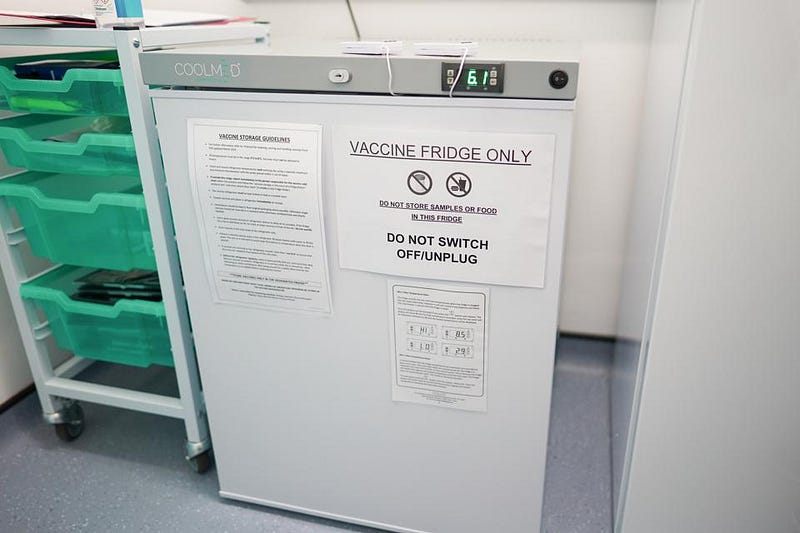
mRNA vaccines are based off of the virus’s messenger ribonucleic acid (mRNA), which carries instructions for making viral proteins. When these instructions enter your body, your cells produce what it encodes: a specific portion of a protein of the SARS-CoV-2 virus known as the “spike protein.” Once the protein exists in your body, the vaccine works just like all other vaccines: it teaches your immune system how to fight the real infection. Your immune system recognizes this spike protein as “foreign” and produces B-cells — which produce antibodies — as well as T-cells that are specifically made to stop SARS-CoV-2.
The mRNA vaccine ends up teaching your body to produce these B-cells and T-cells, which in turn protect you from COVID-19. Injecting you directly with mRNA saves scientists the previously necessary steps of isolating and purifying large quantities of weakened/inactivated virus or viral proteins in the lab. Instead, your body simply makes the viral proteins directly, replacing a previously unavoidable, high-labor process with a rapid training montage. The extra practical difficulty is that the mRNA must be kept at very cold temperatures compared to the other vaccine methods. Once its administered, however, it offers the best protection against COVID-19 currently available.

But protection, or immunity, means something different from what we conventionally think. It doesn’t necessarily mean, “I won’t get infected, I won’t be contagious, and I can’t pass this infection onto others,” which is what we typically associate with immunity. From the clinical trials conducted, we can confidently state that protection means, “I am approximately ~95% protected from getting a symptomatic COVID-19 infection and possibly as much as ~99%+ protected from a severe/deadly infection,” as no deaths were observed in the vaccinated group in either drug’s trial.
What hasn’t been demonstrated, at least so far, is that these vaccines prevent you from getting infected entirely. We’ve shown that these vaccines provide neutralizing immunity, where the virus will no longer severely harm you, but not necessarily sterilizing immunity, where you cannot pass the virus onto others. Additionally, it isn’t known how long your immunity will persist. This, very importantly, means that you still need to wear a mask, wash/sanitize your hands, and practice social distancing — and to be rigorous about doing them all — for now. Just because you are protected doesn’t absolve you of your responsibility to protect others.
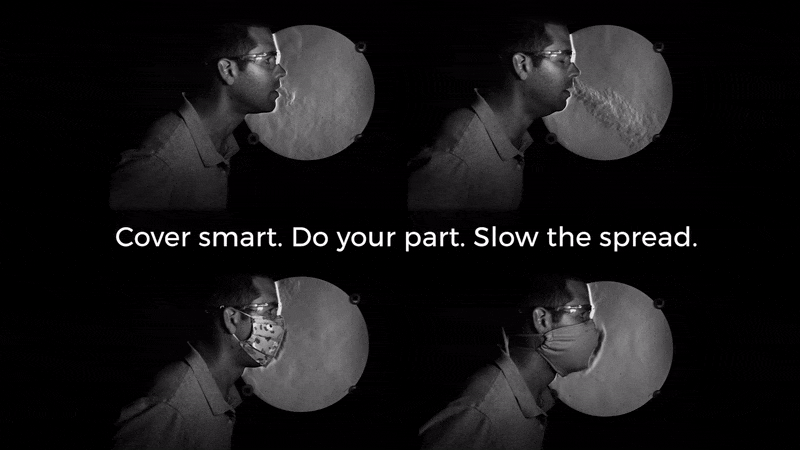
What about side effects? There will be very real side effects that arise from this vaccine. Pain at the injection site and fatigue have both been well-documented, and appear to be worse after the second shot in these two-shot series. The Pfizer vaccine, in particular, shows some evidence of causing serious effects in a subset of individuals susceptible to severe allergic reactions; a total of three allergic reactions have been documented so far. Even though these vaccines do not contain common vaccine allergens such as egg or gelatin, you should still speak with your physician about vaccine allergies if you have concerns.
Of course, when you consider the side effects from getting the vaccine versus the risks of what are happening in the non-vaccinated population that gets infected, the overall effectiveness of these vaccines is more than worth it. These vaccines both reduce the severity of coronavirus infections and appear to entirely eliminate the risk of sustaining long-term damage to your body from the virus. Over the coming months, heroic efforts will be made to immunize as many members of the population as possible, with the hopes of bringing the current pandemic to an end.
But just as we should be embracing this scientific advance and all the benefits it can confer upon our society, anti-vaccine advocates, known as anti-vaxxers, are waging a novel misinformation campaign designed to stoke fear about these new vaccines.
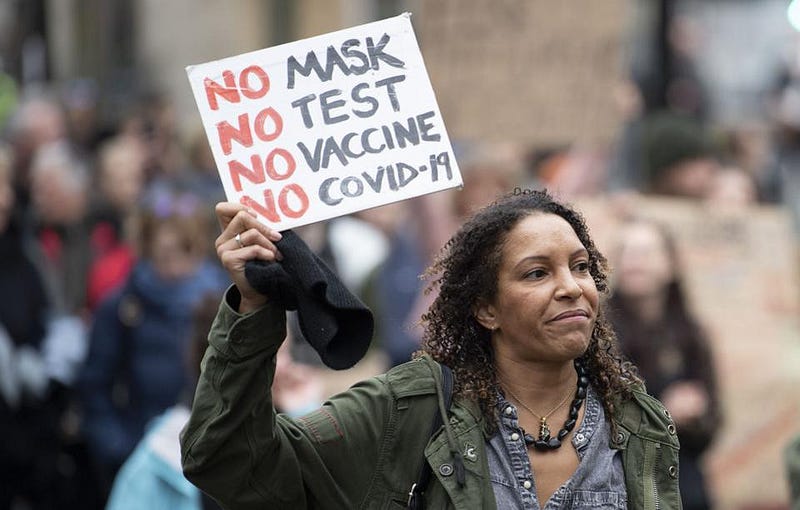
Adhering to the standard denialist playbook, their claims are varied but predictable, all rooted in conspiratorial thinking. The evidence for vaccine harm simply isn’t there, but anecdotes of “I/my kid got sick within 24/48 hours of getting a vaccine” are being widely shared across social media. These anecdotes may be true, but when public health specialists and disease ecologists study the question of “how likely are you to get this sickness within 24/48 hours of getting a vaccine versus getting this sickness at any other time,” the answer always comes back as “neither more nor less likely.” There is no evidence that vaccines are more harmful than not getting vaccines, except the vaccines give you immunity against preventable, sometimes deadly diseases.
Similarly, claims of “personal choice” and “bodily autonomy” always end where your personal choices cause harm to others; spreading a lethal illness to otherwise vulnerable people — the very young, the immunocompromized, those who lack natural immunity, or those who cannot be vaccinated — is tantamount to a potentially deadly assault. The vaccine shows equal safety and effectiveness across all races, genders, and adult ages; the mRNA never enters the cell’s nucleus and cannot modify your DNA; there are no serious adverse effects observed in over 100,000 injections of mRNA vaccines. In addition, no steps were skipped in these speedy vaccine trials. In fact, they contained more than 5 times as many participants as a standard Phase 3 trial, surpassing the required benchmarks for all previously approved vaccines.
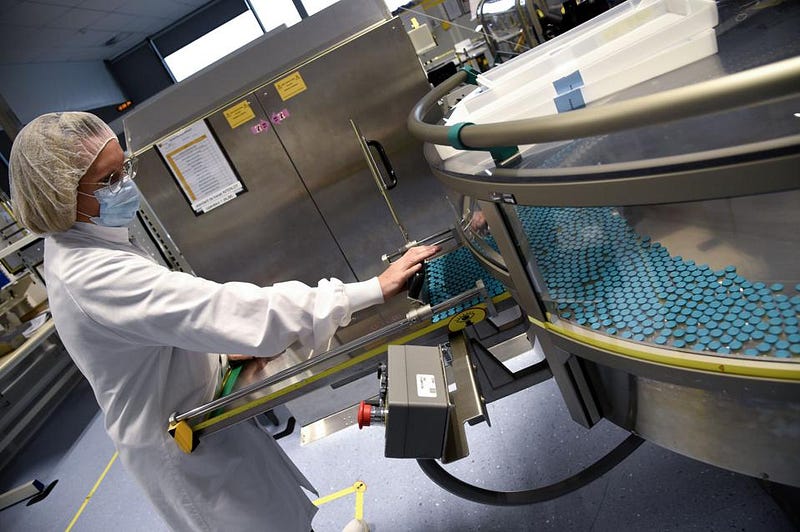
Many have expressed concern about the recent mutation that has been discovered in the UK among coronavirus patients. It should be concerning, but not for the reason that most of us think. Most of us, when we hear “the virus has mutated,” we worry that those already infected will no longer be immune, and that the vaccine we’ve developed may not protect us from the new strain. We call an organism that mutates to avoid any previous immunity an “escape mutant,” and this is the present nightmare scenario for public health professionals.
This worry is a possibility, but an unlikely one. The SARS-CoV-2 virus mutates regularly, according to the CDC, with a total of 23 independently identified mutations so far. Although they mention “Ability to evade vaccine-induced immunity” as a possible concern, they also note that “There is no evidence that this is occurring, and most experts believe escape mutants are unlikely to emerge because of the nature of the virus.” The antibodies that the vaccine helps create target multiple parts of the spike protein, and changing one part won’t decrease your immunity. It’s like when the police are looking for a suspect, they’re unlikely to be fooled by a disguise consisting solely of a ponytail and glasses.
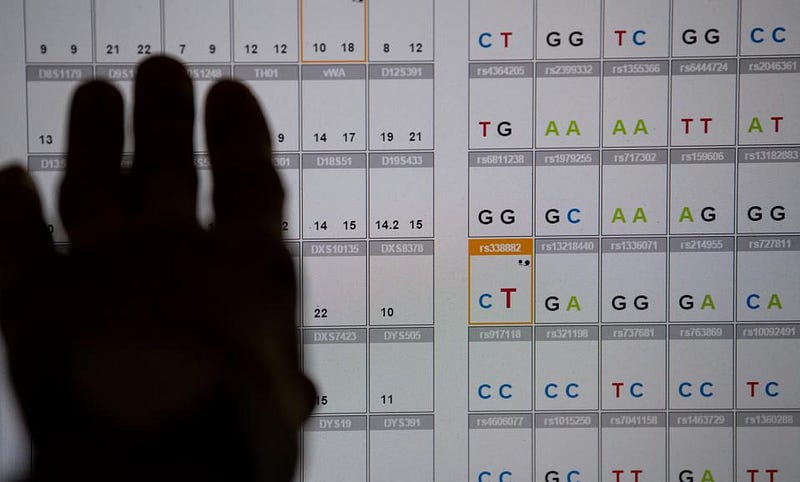
What is concerning about the virus mutating is this: viruses mostly mutate via random chance, through a process known as genetic drift. Each individual mutation is unlikely to cause that worst-case scenario, just as any single lottery ticket is unlikely to win you the Powerball. If you give the virus enough chances to mutate, however, just like if you buy enough lottery tickets, the unlikely could become an inevitability. The things that give the virus more chances to mutate are the number of infected hosts, and the duration of time that the virus remains both in the population and in each host while they’re infectious or contagious.
The safest path forward for all of us is one where:
- everyone who can get vaccinated does get vaccinated,
- everyone, both vaccinated and unvaccinated, continues to wear a mask, socially distance, wash hands, and stay home/isolated whenever possible,
- and people stop gathering with those from outside their household until it’s safe to do so.
Every time someone goes out to a bar or restaurant, over to a friend or relative’s house, or has any type of close, prolonged, or non-essential contact, they run an increased risk of not only contracting or spreading the virus themselves, but of being that unlucky lottery ticket who creates an escape mutant within their own body.
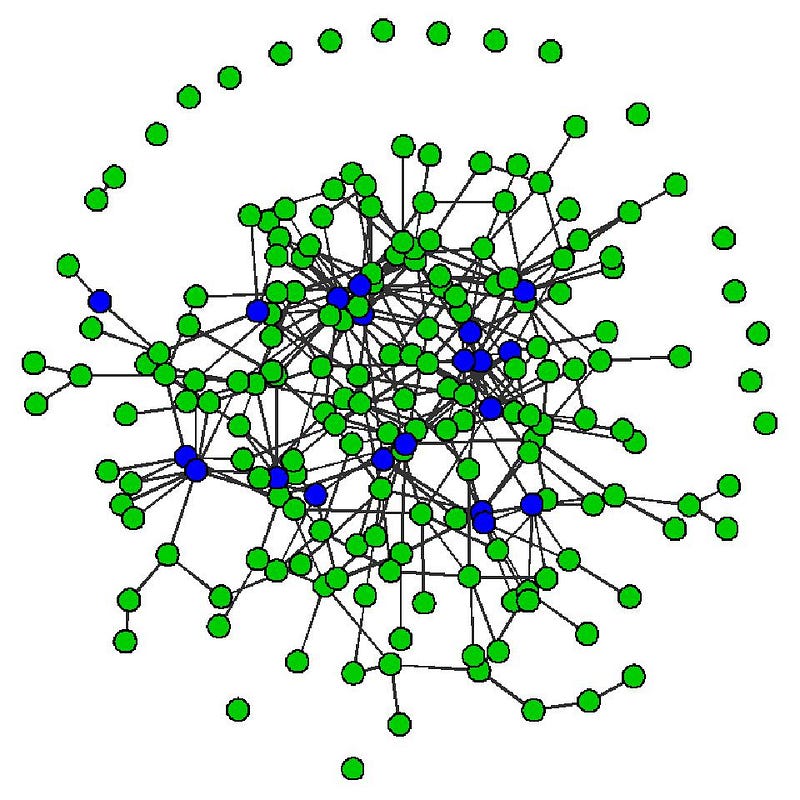
As of today, there have been more than 18.5 million coronavirus cases in the United States, with more than 327,000 documented deaths resulting from those infections. Millions of additional people have sustained long-term damage to various organs, including their lungs, hearts, livers, kidneys, and more. Cardiovascular events among previously healthy individuals, like heart attacks and strokes, have been well-documented and connected to COVID-19 in humans. With an average of more than 200,000 new coronavirus cases each day in the United States, the infection rates are not only at an all-time high, but the death rate is as well, with nearly 3000 Americans dying on a daily basis right now.
And yet, the combination of the vaccine and our capacity to engage in socially responsible behavior can stop this disease in its tracks. Frontline healthcare workers are leading the way, receiving record numbers of vaccinations with extraordinarily low numbers of adverse effects. Many of us, when we ask ourselves what we should be doing with our bodies, look to what the most informed and educated are themselves doing with theirs. In this case, the answer is “getting vaccinated immediately,” demonstrating that this a case where doctors, nurses, and other healthcare workers are practicing exactly what they preach.
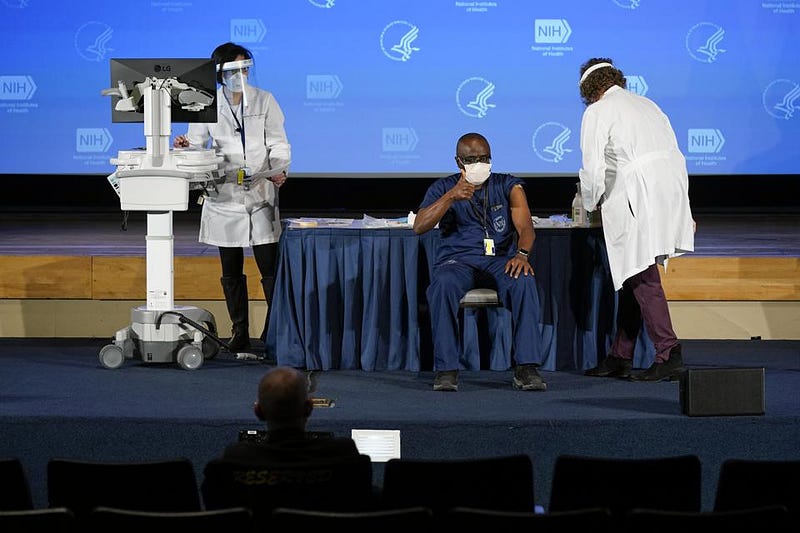
It’s important to be honest about the limitations of what we know. We don’t know how long the immunity conferred by a vaccine will last. We don’t know whether there are long-term effects arising from these vaccines or not, or what they might be if they do arise. However, based on what we’ve learned so far, any long-term effects from the vaccine will likely be significantly less in severity and fewer in number than the long-term effects of infection. We don’t know how these vaccines fare in pregnant women or whether they work for children and adolescents. And we don’t know how the upcoming Johnson & Johnson vaccine, which only requires one shot as opposed to the two required by Pfizer’s and Moderna’s vaccines, will perform in comparison.
What we do know, however, is how bad COVID-19 is, and how destructive its long-term effects can be on your body, even in people who only experience mild infections. Refusing a vaccine when you’re perfectly capable of receiving it recklessly endangers not only yourself, but quite possibly all the others you come into contact with. Your rights to your own bodily choices, in all cases, end where those choices have demonstrably harmful effects on others. There is no clearer example of deliberate harm than being willing to directly infect others with a preventable disease. There’s nothing wrong with being appropriately skeptical, but it’s also morally imperative that we stand up for science. Our unfounded fears of the unknown provide no justification for risking the lives of others.
Starts With A Bang is written by Ethan Siegel, Ph.D., author of Beyond The Galaxy, and Treknology: The Science of Star Trek from Tricorders to Warp Drive.





